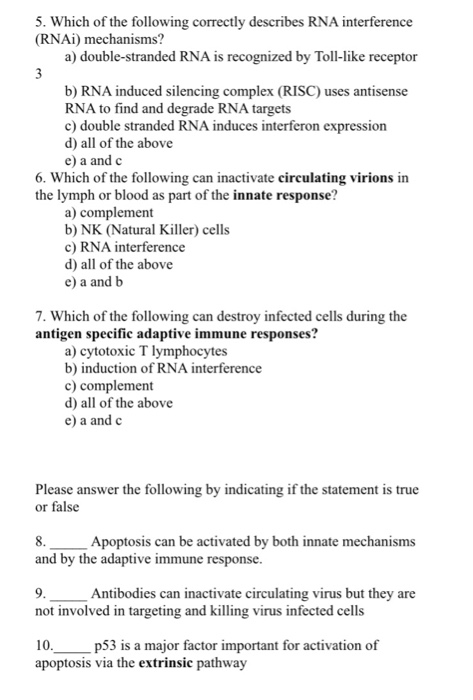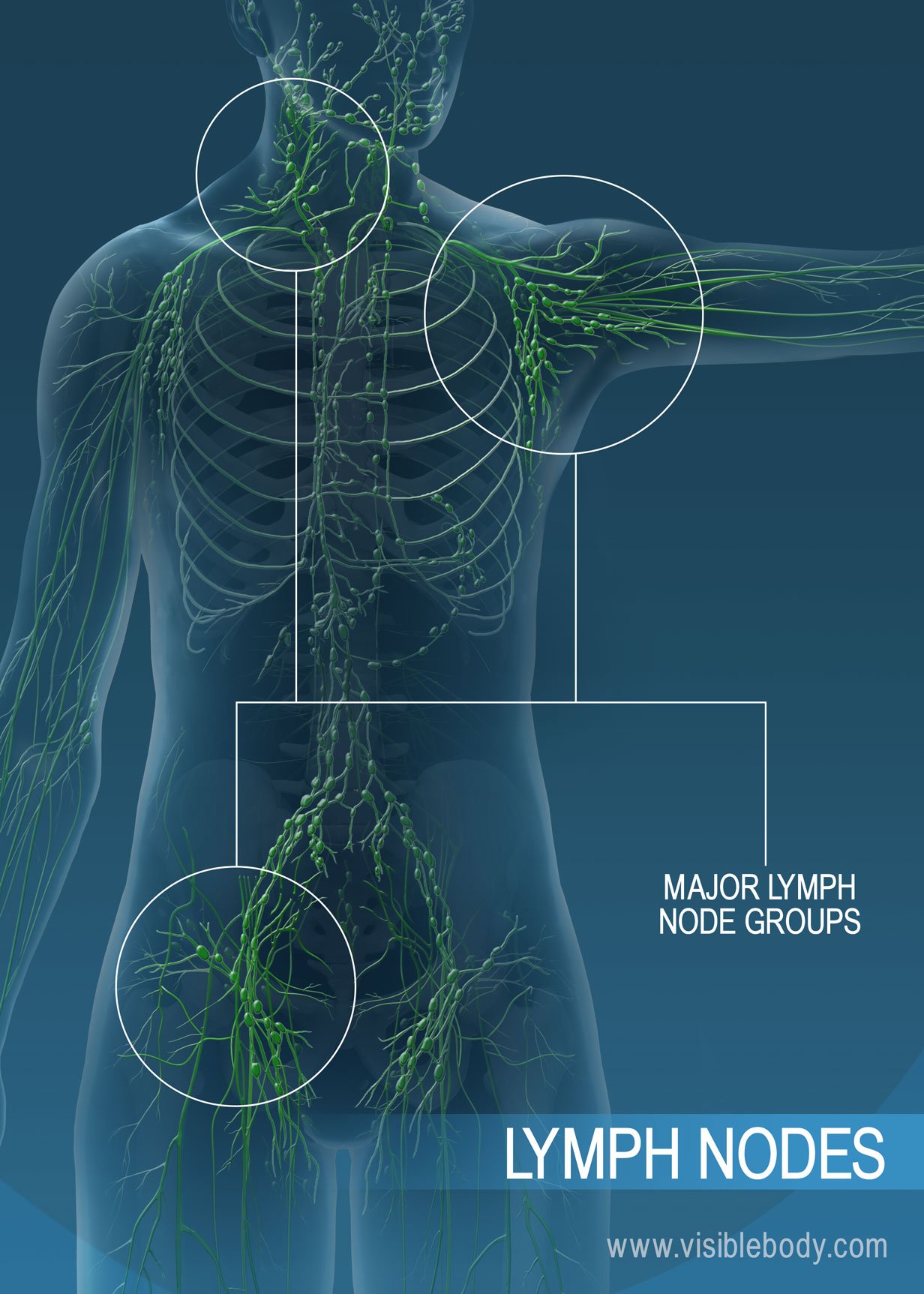Which of the Following Correctly Describes the Pathway of Lymph
Lymphatic System Questions and Answers. This gene encodes a cytokine that functions in inflammation and the maturation of B cells.

Solved Which Of The Following Correctly Describes Rna Chegg Com
Get help with your Lymphatic system homework.

. However it does bind tightly to other ligand-bound EGF receptor family members to form a heterodimer stabilizing ligand binding and enhancing kinase-mediated activation of. This gene encodes a member of the epidermal growth factor EGF receptor family of receptor tyrosine kinases. Fibroblasts are non-haematopoietic structural cells that define the architecture of organs support the homeostasis of tissue-resident cells and have key roles in fibrosis cancer autoimmunity.
The protein is primarily produced at sites of acute and chronic inflammation where it is secreted into the serum and. Get help with your Endocrine system homework. Structurally lymph nodes have a capsule and medullary chords and sinuses that serve to filter lymph fluid.
Access the answers to hundreds of Lymphatic system questions that are explained in a. One assignment at a time we will help make your academic journey smoother. Therefore the lymph nodes are primed for activating the immune system.
Start studying Bio111 Final. In addition the encoded protein has been shown to be an endogenous pyrogen capable of inducing fever in people with autoimmune diseases or infections. Access the answers to hundreds of Endocrine system questions that are explained in.
This protein has no ligand binding domain of its own and therefore cannot bind growth factors. Lymph nodes are rich with macrophages B cells and T cells. Endocrine System Questions and Answers.
Learn vocabulary terms and more with flashcards games and other study tools.

A P Ii Exam 3 Study This One Flashcards Quizlet

No comments for "Which of the Following Correctly Describes the Pathway of Lymph"
Post a Comment